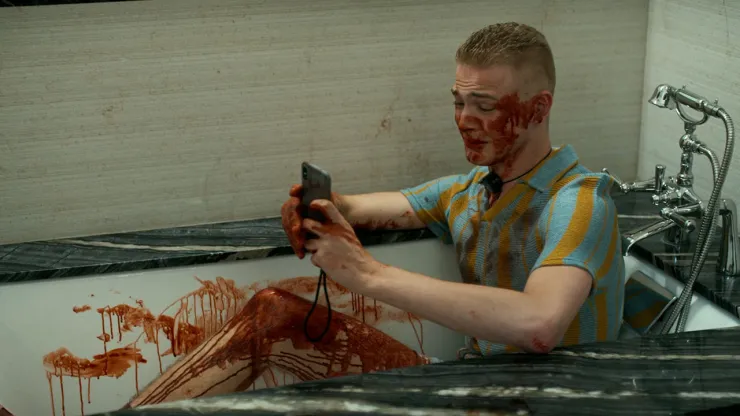
Why Influencers Make the Best (and Worst) Horror Victims
Written by on Jul 11, 2025 12:52 PM
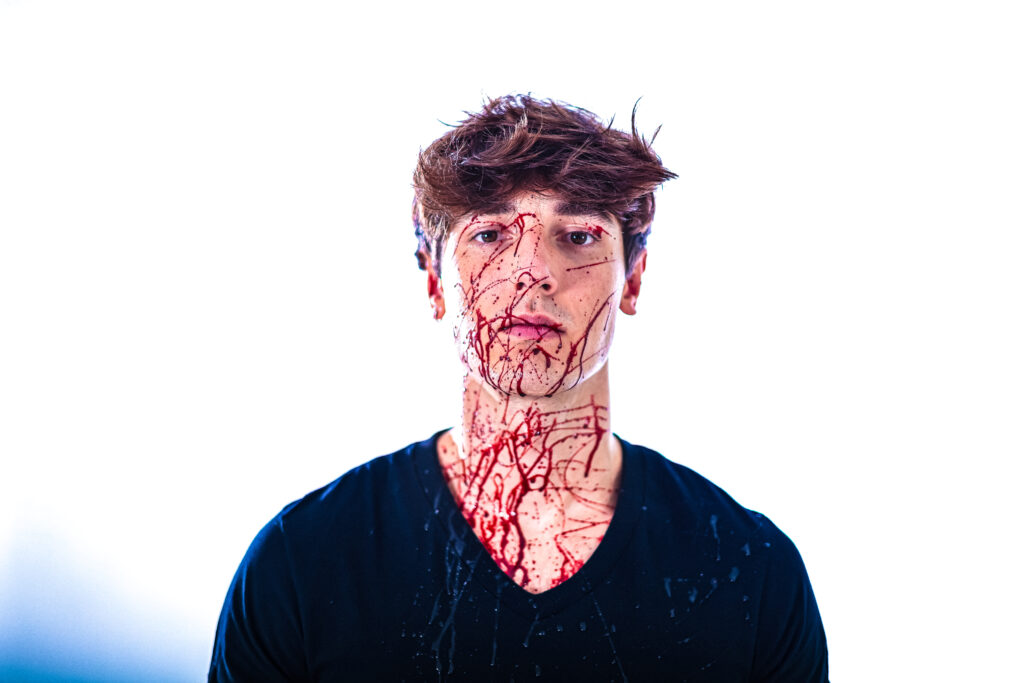
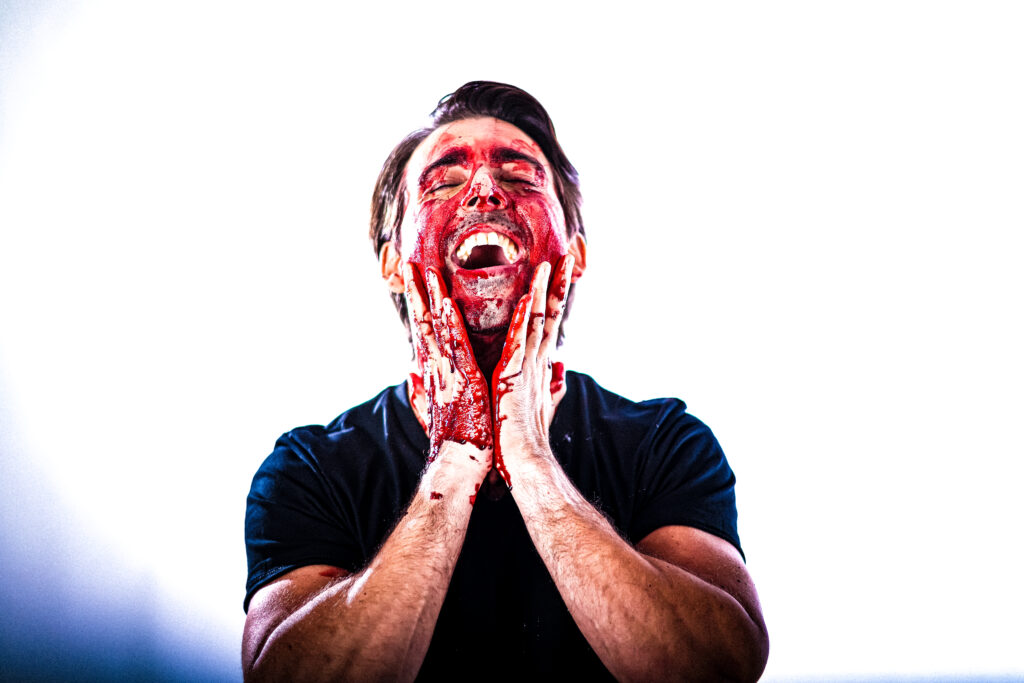
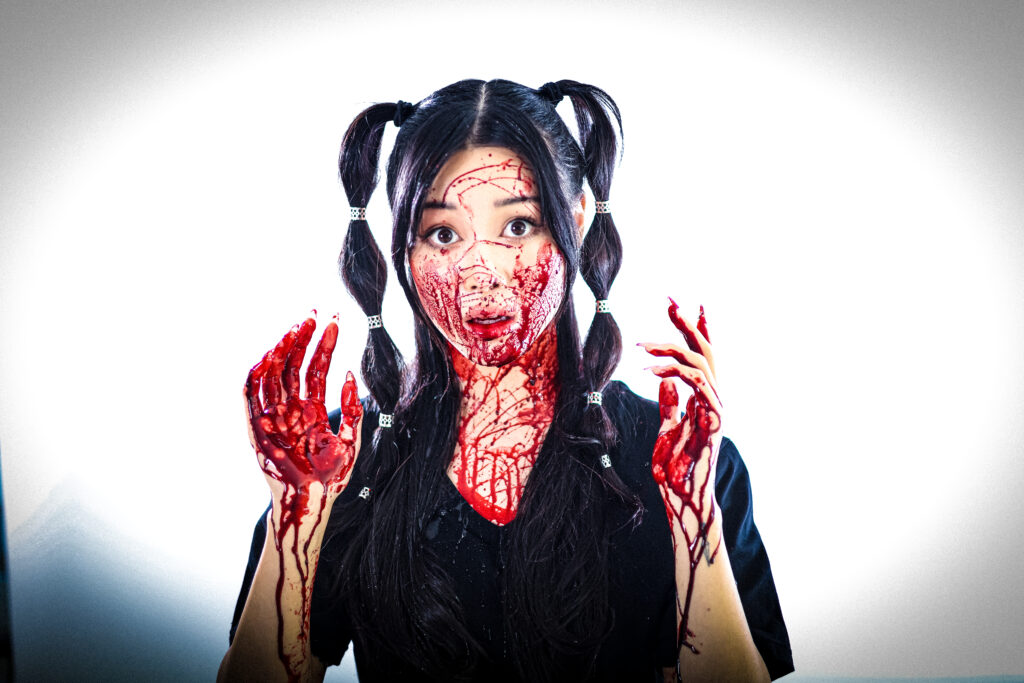
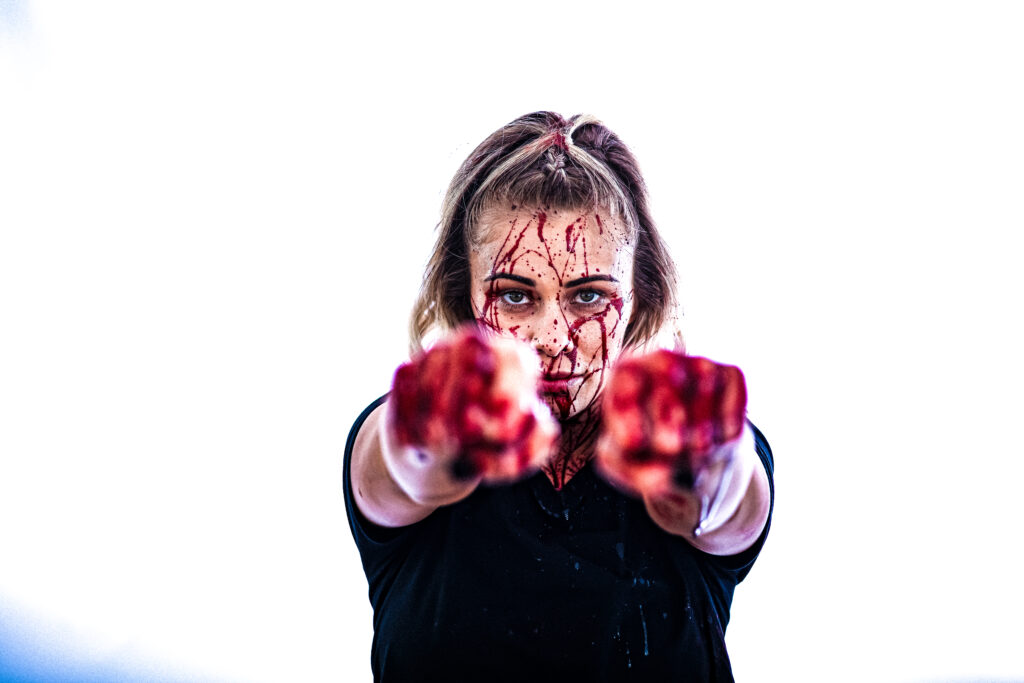
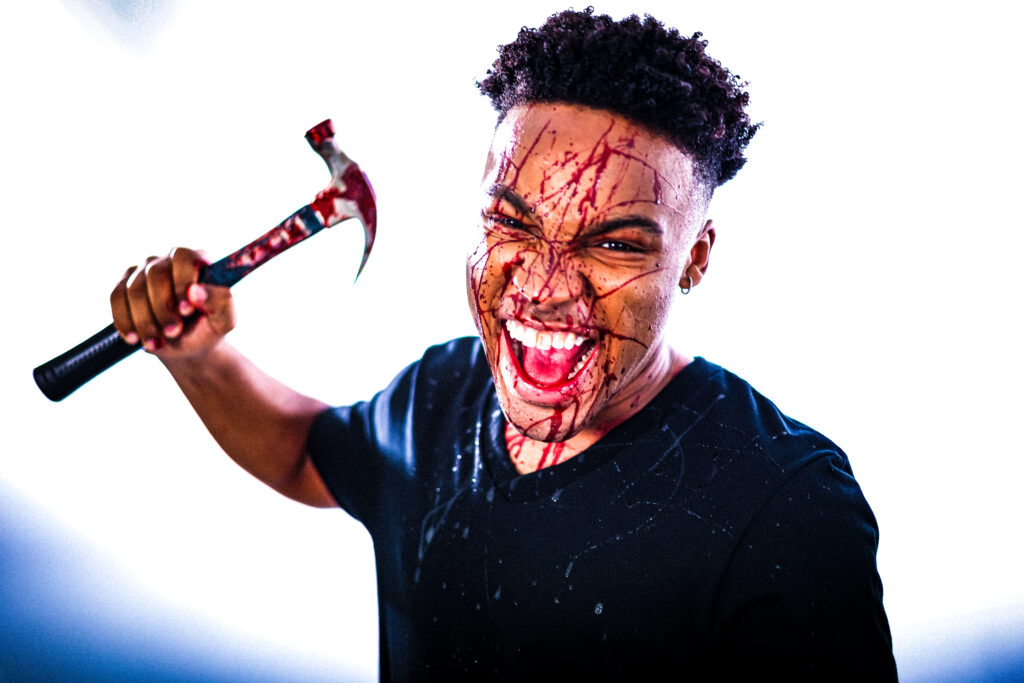
In the golden age of cinema, horror movie characters were typically the girl next door, the jock, the nerd, or the final girl who’d somehow survive until dawn. Fast forward to 2025, and the landscape has shifted dramatically. Today’s most compelling horror movie characters aren’t just wielding smartphones, they’re wanting followers, likes, and the intoxicating power of digital fame. Welcome to the era of the influencer movie, where going viral might literally kill you.
The transformation didn’t happen overnight. As our relationship with technology evolved from simple communication tools to extensions of our identity, horror followed suit. The camcorder found footage of The Blair Witch Project has evolved into livestreamed terror, and the haunted house has been replaced by the haunted algorithm. Movies like Cam, Sissy, Spree, and Follow Me have been quietly building a movement. Now enter Skillhouse (out in theatres July 11, 2025) – a film that positions itself as the definitive horror movie for the TikTok generation about social media influencers having to depend on the social media audience to determine their fate.
But what makes influencers such perfect vessels for our darkest fears? The answer lies in their unique position as both predator and prey in the digital ecosystem.
They’re simultaneously the most visible and most vulnerable members of our society, making them ideal candidates for the kind of psychological and physical torment that popular horror movies have always thrived on. Yet they’re also often the most insufferable, turning their inevitable demise into a guilty pleasure for audiences who’ve grown tired of performative authenticity and manufactured relatability.
The rise of popularity in horror films is inevitable. Consider the psychological profile of your average content creator: they’re narcissistic enough to believe millions of strangers care about their breakfast choices, yet insecure enough to obsess over every comment and like on their posts. They’ve built their entire identity around being watched, making them natural candidates for the voyeuristic elements that have always been central to horror characters.
Unlike traditional horror protagonists who stumble into danger, influencers actively court it. They’ll enter the abandoned mansion not because they’re lost, but because the content will be fire. They’ll investigate the mysterious noise not out of curiosity, but because their audience is demanding it in real-time. This willingness to walk directly into peril for the sake of engagement creates a unique dynamic where the victim becomes complicit in their own destruction.
The parasocial relationship between influencers and their audiences adds another layer of complexity. When we watch traditional horror movie characters get stalked, we’re observing strangers. When we watch influencers meet their doom, we’re watching people we’ve followed for months or years, people whose morning routines, relationship drama, and favorite coffee shops we know intimately. This familiarity makes their terror more visceral and their death more impactful.
Furthermore, the influencer’s existence is inherently performative. They’re always “on,” always creating content, always aware of their audience. This creates a fascinating meta-layer where the character’s death becomes content within the film, while the film itself becomes content for real-world audiences. It’s a nightmare that mirrors our own relationship with consuming terror as entertainment.
Jeremy Bentham’s panopticon, a prison where guards could observe all inmates without being seen, has found its perfect modern expression in social media. Influencers exist in a state of constant surveillance, never knowing who’s watching or judging. This perpetual visibility creates a unique form of psychological terror that traditional horror has struggled to capture.
In films like Cam, this surveillance anxiety becomes literal body horror as the protagonist’s digital doppelganger begins living her life better than she can. The fear isn’t just of being watched, it’s of being replaced by a better version of yourself. For influencers, whose entire livelihood depends on maintaining relevance and engagement, this represents an existential threat more terrifying than any masked killer.
The comments section becomes a new kind of haunted space, where anonymous voices can drive someone to madness with surgical precision. Unlike the anonymous threatening phone calls of classic horror, modern digital harassment is persistent, public, and permanently archived. The scary movies write themselves when your every mistake is screenshot, shared, and weaponized against you.
While influencers make compelling horror victims, they also make the most insufferable ones. Their inherent narcissism, desperate need for validation, and tendency to prioritize content over safety create characters that audiences love to see punished. This isn’t entirely fair, as many content creators are genuinely talented and hardworking individuals, but the stereotypes have become so ingrained that they’re now part of the horror vernacular.
The classic horror victim’s greatest sin was usually being promiscuous, drinking, or doing drugs. Today’s influencer victims commit far more contemporary sins: they’re attention-seeking, they commodify their relationships, they fake authenticity for profit. When the Triller Killer comes for them in Skillhouse, it feels less like random violence and more like cosmic justice.
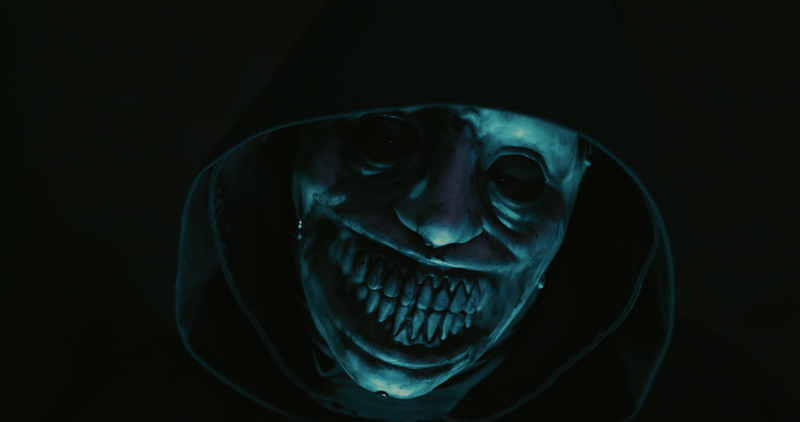
This creates a unique dynamic where audiences are simultaneously invested in and repulsed by the characters. We want to see them succeed because we’ve been following their journey, but we also want to see them fail because their success feels unearned or inauthentic. It’s this tension that makes them such effective horror characters since we’re conflicted about whether or not we want them to survive.
Traditional horror relied on building empathy for victims before subjecting them to unthinkable terrors. The influencer movie subgenre often works in reverse, starting with characters who are inherently unsympathetic and gradually revealing their humanity as they face genuine danger. This inversion creates a different kind of horror experience, one where our discomfort comes as much from our own bloodlust as from the on-screen violence.
Consider the typical influencer horror setup: a group of content creators enters a dangerous situation for views. Initially, we’re annoyed by their frivolity and self-absorption. But as the situation becomes genuinely life-threatening, their terror becomes real, and we’re forced to confront our own complicity in their suffering. We wanted to see them humbled, but did we want to see them die?
This moral complexity elevates the genre beyond simple slasher fare. Films like Spree and Deadstream use this tension to create uncomfortable mirrors for their audiences, asking us to examine our own relationship with digital voyeurism and the commodification of human suffering.
The influencer movies have developed their own unique set of rules that reflect our digital anxieties. These aren’t just updated versions of classic horror beats, they’re entirely new forms of terror that couldn’t exist without social media.
The “livestream gone wrong” has become the new “phone line cut.” Instead of being isolated from help, modern victims broadcast their terror to audiences who are powerless to intervene, or worse, who encourage the danger for entertainment. The real-time nature of social media means that death becomes a performance, with audiences reacting, commenting, and sharing even as someone’s life hangs in the balance like in Skillhouse, the scary movie out now that everyone is watching.
“Followers as fuel” represents another distinctly modern horror concept. In traditional horror, the killer’s motivation might be revenge, madness, or supernatural compulsion. In influencer horror, the killer often feeds on attention, engagement, and viral spread. The more people watch, the stronger they become. This creates a scenario where the victim’s attempts to call for help, by broadcasting their situation, actually makes things worse.
One of the most effective modern horror stories is the “viral curse”, the idea that sharing, liking, or engaging with certain content can literally kill you. This concept taps into our anxieties about the power of information to spread and mutate beyond our control. A scary gif or video that seems harmless becomes a vector for supernatural or psychological infection.
This tool works particularly well because it mirrors real-world phenomena like viral misinformation, cyber-bullying, and the psychological effects of social media addiction. The horror comes from the realization that our digital habits, the mindless scrolling, the reflexive sharing, the compulsive engagement, have consequences beyond the virtual world. Films like Sissy explore how past traumas can be weaponized through social media, turning childhood bullying into adult psychological warfare. The algorithm becomes a kind of digital ouija board, dredging up painful memories and amplifying them until they become inescapable.
Perhaps no modern phenomenon lends itself to horror quite like the cancel culture. The idea that a single mistake can lead to complete social annihilation taps into primal fears about ostracism and abandonment. In the influencer context, cancellation isn’t just social death, it’s often economic death as well, as sponsors flee and platforms demonetize.
The horror of cancellation lies in its seemingly random nature and its permanence. Like a cosmic horror entity, it can strike without warning, consume everything in its path, and leave nothing behind. The victim’s attempts to apologize or explain often only make things worse, creating a feedback loop of outrage and escalation.
This theme appears across multiple films in the subgenre, often manifesting as a literal monster that feeds on controversy and grows stronger with each share, comment, and reaction. The only way to survive is to stop engaging entirely, but for an influencer, that’s equivalent to one’s identity ceasing to exist.
The most effective horror movie characters often reflect real-world anxieties, and influencer horror is no exception. The subgenre gains its power from how closely it mirrors actual events and cultural phenomena that we’ve witnessed play out in real-time.
Consider the numerous instances of influencers dying while creating content, from selfie-related accidents to extreme sports gone wrong. These real-world tragedies provide a disturbing foundation for fictional horror, making the on-screen deaths feel uncomfortably plausible. When we see a character livestreaming their own demise, we’re not just watching fiction, we’re watching a heightened version of something that has actually happened.
The psychological toll of internet fame has been well-documented, with numerous creators speaking openly about depression, anxiety, and the pressure to constantly produce content. This real-world context adds depth to horror portrayals of influencers, suggesting that the true horror isn’t the supernatural threat, but the psychological prison that can come with being a digital celebrity.
One of the most disturbing aspects of influencer culture is how quickly tragedy becomes content. People flock to watch horror films in theatres because real-world examples abound of creators monetizing their own suffering, turning mental health struggles, relationship breakdowns, and family tragedies into engagement opportunities. This commodification of pain provides rich material for horror filmmakers.
The genre explores the logical extreme of this trend: what happens when the content becomes more important than the creator? When the audience’s need for entertainment outweighs basic human empathy? These questions aren’t just theoretical, they’re playing out in real-time across social media platforms every day.
Films in this subgenre often feature audiences who become complicit in the horror, voting on which victim dies next or paying to unlock special content. This mirrors real-world phenomena like disaster tourism and the monetization of true crime content, where human suffering becomes a form of entertainment.
Skillhouse, out July 11, 2025 is a chilling scary movie that promises to be the definitive statement on influencer horror. Directed by Josh Stolberg, who previously wrote Saw X and Jigsaw, the film brings genuine horror credibility to the subgenre while featuring actual influencers like Bryce Hall and Hannah Stocking.
The film’s premise, ten top influencers kidnapped and forced into a deadly social media showdown, reads like a logical evolution of everything the subgenre has been building toward. It’s not just a horror movie about influencers, it’s a horror movie made for the algorithm, where every death is designed to go viral and every twist is engineered for maximum engagement.
What sets this film apart is its understanding that the audience isn’t just watching the horror—they’re participating in it. The film’s tagline, “Fame is currency. Death is content. Clout is life” captures the twisted economics of digital celebrity where attention is literally worth dying for. The masked Triller Killer becomes a dark mirror of the algorithm itself, eliminating the least popular contestants based on metrics rather than merit.
By casting real influencers alongside traditional actors, Skillhouse creates a meta-textual layer that elevates it beyond typical horror comedy movies. The audience’s knowledge of the real-world personas adds weight to their fictional deaths, creating a viewing experience that exists simultaneously in multiple reality layers.
This approach represents the maturation of the influencer horror subgenre. Rather than simply mocking or exploiting digital culture, Skillhouse seems to understand it deeply enough to critique it effectively. The film promises to be both a thrilling horror experience and a sharp commentary on our collective relationship with digital celebrity.
The movie’s structure, a competition where popularity determines survival, mirrors the attention economy that drives real-world social media. Every like, share, and follow becomes a matter of life and death, literalizing the metaphorical violence of online discourse. This isn’t just horror that happens to feature influencers; it’s horror that couldn’t exist without them.
The transition from traditional horror to influencer horror represents a fundamental shift in what scares us. Classic popular horror movies relied on external threats, monsters, killers, supernatural forces. Modern influencer horror recognizes that the most terrifying monsters are often ourselves, amplified and distorted through digital technology.
The fear isn’t just of death, it’s of irrelevance. The horror isn’t just physical, it’s existential. When your entire identity is built on being seen, invisibility becomes a fate worse than death. This existential terror gives the subgenre a philosophical depth that elevates it beyond simple shock value.
The algorithmic nature of social media platforms creates a new kind of cosmic horror, where invisible forces determine who rises and who falls based on incomprehensible rules. The algorithm becomes a kind of digital deity, capable of bestowing fame or condemning creators to obscurity with equal indifference.
Social media has democratized celebrity, making it theoretically possible for anyone to become famous. This democratization has also democratized the horror of fame, making everyone a potential victim of the dark side of digital celebrity. The influencer horror subgenre reflects this new reality, where the line between audience and performer has become increasingly blurred.
In traditional horror, we could comfort ourselves with the knowledge that we would never be in the victim’s situation. We wouldn’t investigate the mysterious noise or enter the abandoned building. But in influencer horror, the victims are doing exactly what we do every day, posting, sharing, seeking validation. Their fate could be our fate, making the horror more personal and immediate.
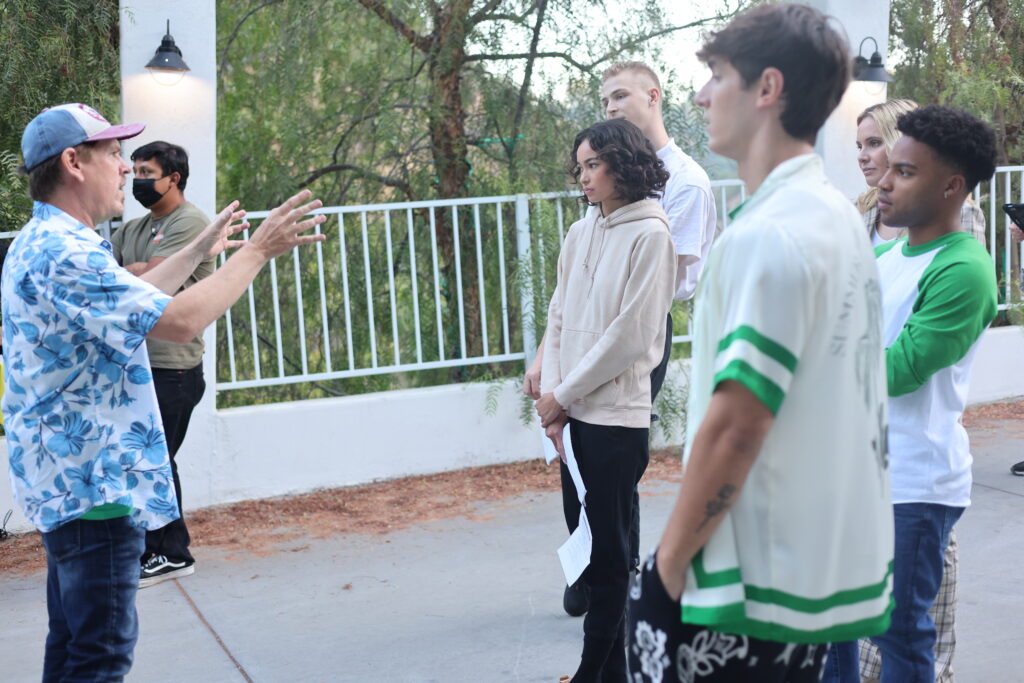
This personal connection is what makes the subgenre so effective. When we watch influencers face digital demons, we’re watching an exaggerated version of our own daily digital existence. The horror comes from recognition as much as from fear.
The influencer horror subgenre doesn’t just use digital celebrity as a backdrop, it interrogates the fundamental assumptions underlying our social media culture. It asks uncomfortable questions about the relationship between creator and audience, the price of fame, and the psychological toll of constant performance.
These aren’t just scary stories, they’re cautionary tales about the world we’re creating. The films in this subgenre often feel prophetic, predicting the logical extremes of trends that are already visible in our culture. They imagine a world where the pursuit of viral content has completely overwhelmed human empathy, where entertainment value trumps human life.
The horror often comes from the realization that this world isn’t entirely fictional. We’re already living in a version of it, where tragedy is immediately commodified, where human suffering becomes content, where the line between reality and performance has become hopelessly blurred.
The attention economy has real casualties, and influencer horror films serve as a way to process this reality. They give form to our anxieties about a culture that values engagement over empathy, that measures worth in metrics rather than human dignity.
These films create space for audiences to confront their own complicity in systems that reward cruelty and punish vulnerability. The horror becomes a mirror, reflecting back our own consumption patterns and forcing us to question what we’re really watching when we engage with digital content.
This self-reflection is what separates quality influencer horror from simple exploitation. The best films in the subgenre don’t just use digital culture as a source of cheap scares, they use it as a lens to examine deeper questions about human nature, power, and the price of connection in a mediated world.
The influencer horror subgenre is still in its infancy, with plenty of room for growth and experimentation. New platforms, new technologies, and new forms of digital interaction will create new opportunities for terror.
Virtual reality, augmented reality, and artificial intelligence all offer potential avenues for horror exploration. As the line between digital and physical reality continues to blur, the possibilities for psychological and physical terror expand exponentially. The next wave of famous horror movies may come from filmmakers who understand that the most frightening monsters are the ones we create ourselves.
The subgenre’s focus on contemporary anxieties also makes it uniquely adaptable. As our digital culture evolves, so too can the horror that emerges from it. This flexibility ensures that influencer horror will remain relevant as long as social media remains a dominant force in our lives.
The most sophisticated entries in the influencer horror subgenre don’t just comment on digital culture, they participate in it. They use social media marketing, viral content, and audience engagement as part of their horror strategy. This meta-approach creates a viewing experience that extends beyond the traditional boundaries of cinema.
Films like Skillhouse understand that modern audiences don’t just watch movies, they engage with them across multiple platforms and contexts. The horror spans across social networks and creates a more immersive and participatory experience.
The best influencer horror films don’t just use digital culture as subject matter, they use it as a medium, creating new forms of cinematic storytelling that are native to the digital age.
The rise of influencer horror represents more than just a new subgenre, it’s a cultural reckoning with the world we’ve created. These films reflect back our own anxieties about fame, authenticity, and the price of connection in a digital age. They ask uncomfortable questions about what we’re willing to sacrifice for attention and what we’re willing to consume for entertainment.
The most effective horror movie characters have always been those who reflect our deepest fears about ourselves and our society. Today’s influencer victims embody our anxieties about relevance, authenticity, and the commodification of human experience. They’re simultaneously the most visible and most vulnerable members of our society, making them perfect vessels for exploring the contradictions of digital celebrity.
As we’ve seen through films like Cam, Deadstream, Sissy, Spree, and Follow Me, the influencer movie has evolved from novelty to necessity. These films don’t just entertain, they interrogate, challenge, and ultimately illuminate the darker aspects of our digital culture.
The subgenre’s power lies in its ability to transform our daily digital habits into sources of terror. By literalizing the metaphorical violence of online discourse and exposing the psychological toll of constant performance, films like Skillhouse create space for audiences to confront their own complicity in systems that reward cruelty and punish vulnerability. The horror becomes personal because the stakes are personal, we’re all potential victims in the attention economy.
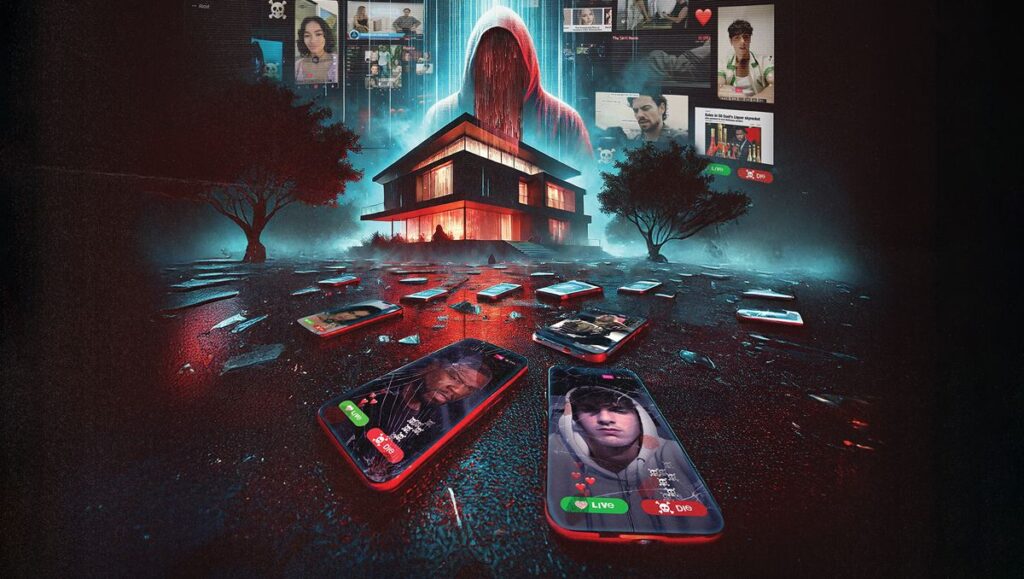
As social media continues to evolve, so too will the horror that emerges from it. The influencer horror subgenre is still growing, still experimenting, still finding new ways to terrify and illuminate. What’s certain is that as long as we remain obsessed with digital fame and validation, there will be stories to tell about the price of that obsession.
If you’re ready to experience the future of horror, Skillhouse releases July 11th, 2025. This isn’t just another horror movie, it’s a warning about the world we’re creating, wrapped in the most visceral and entertaining package possible. Don’t miss your chance to see how the attention economy’s body count plays out on the big screen. Get your tickets now and witness the evolution of fear for the digital age. For more insights into the latest developments in horror cinema, check out our coverage of the best new horror movies of 2025, explore the social influencer horror movie phenomenon, or discover how horror has evolved from Insidious to Skillhouse. The future of fear is digital, and it’s arriving sooner than you think.



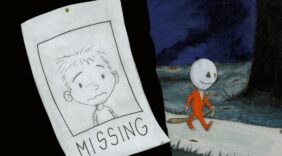
"*" indicates required fields